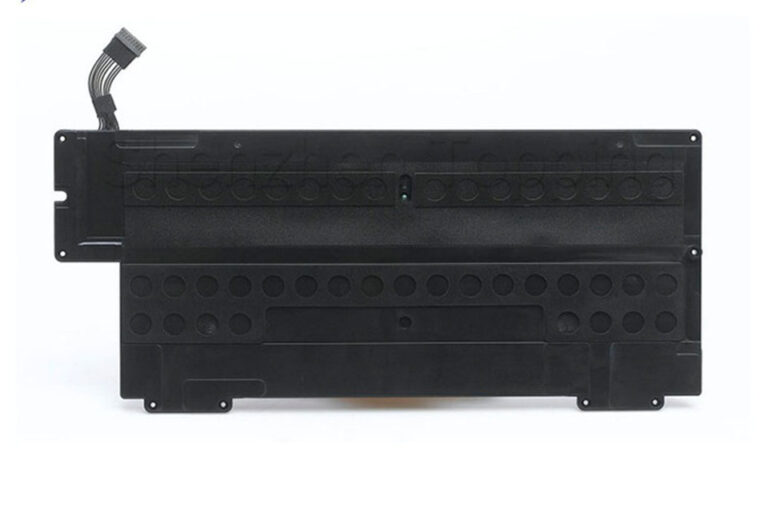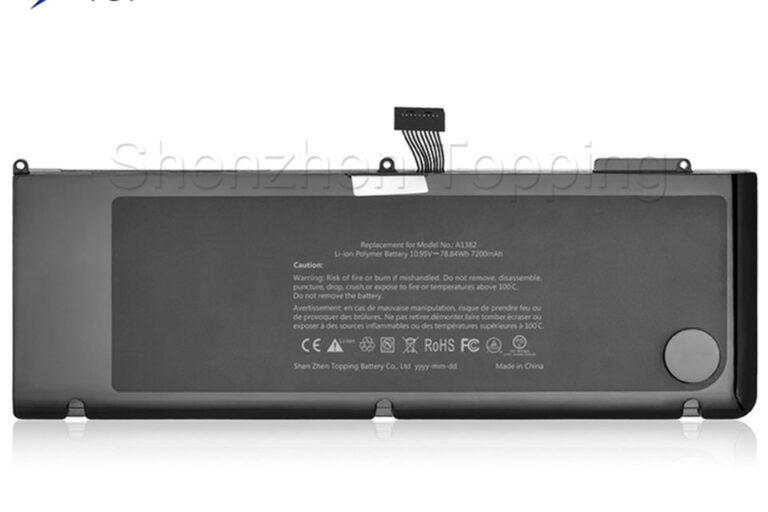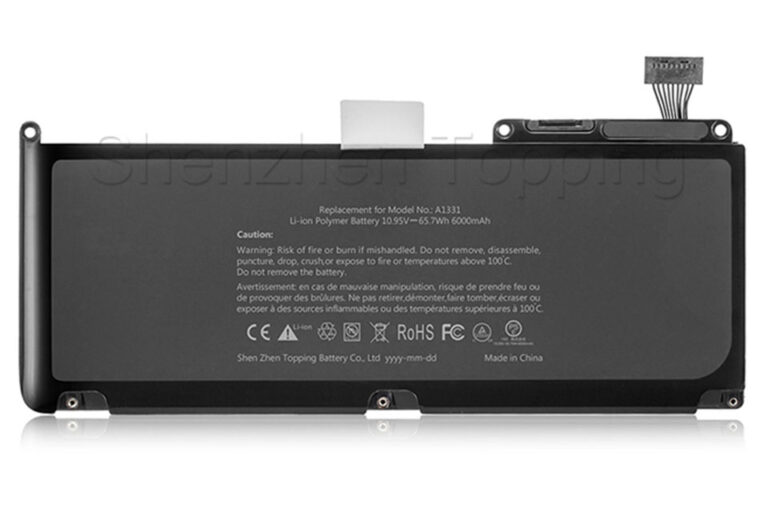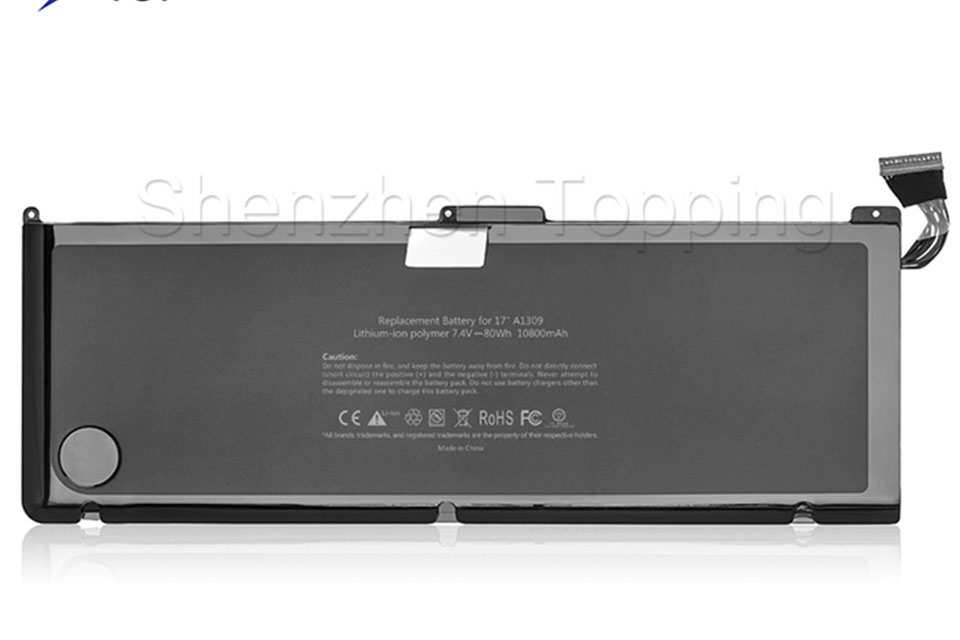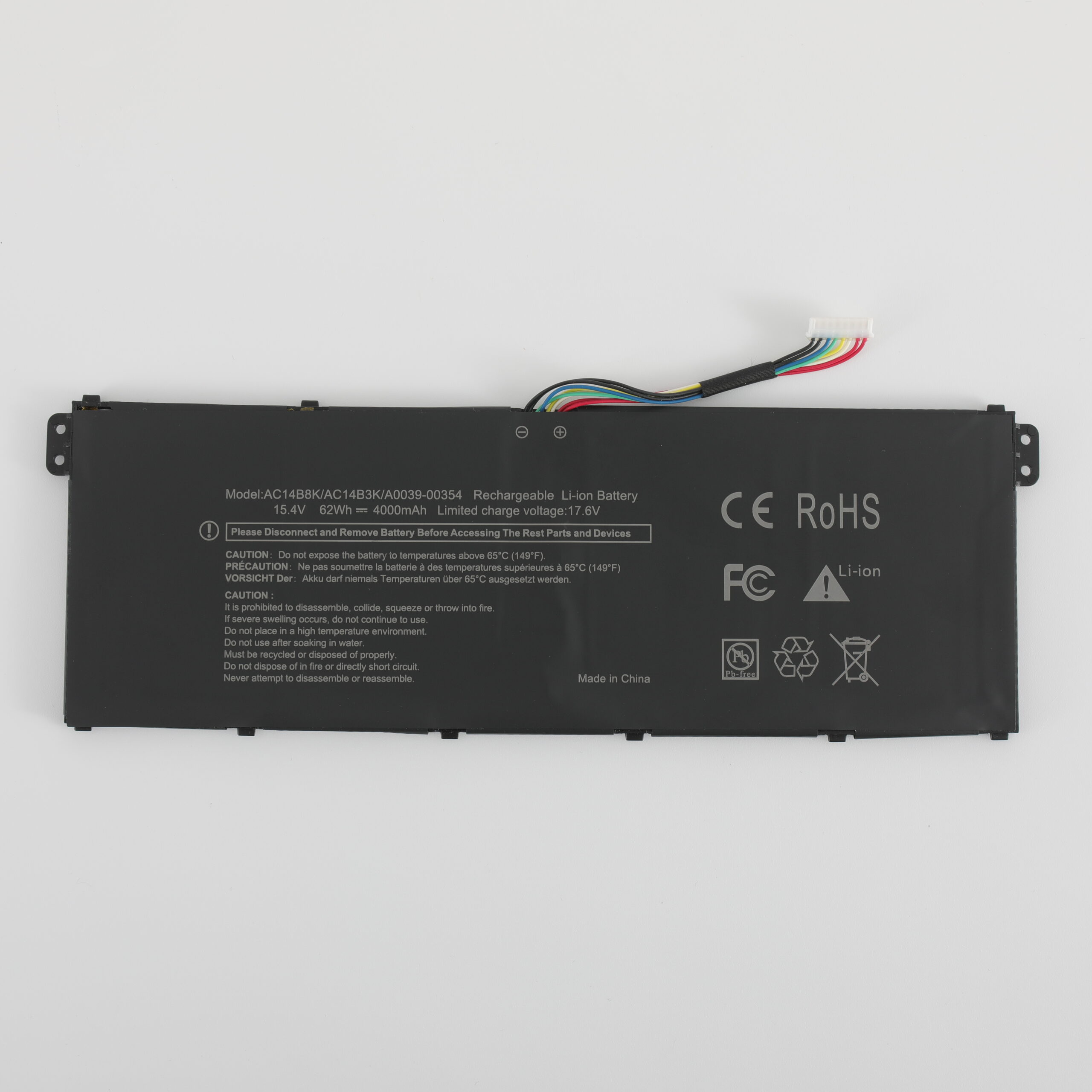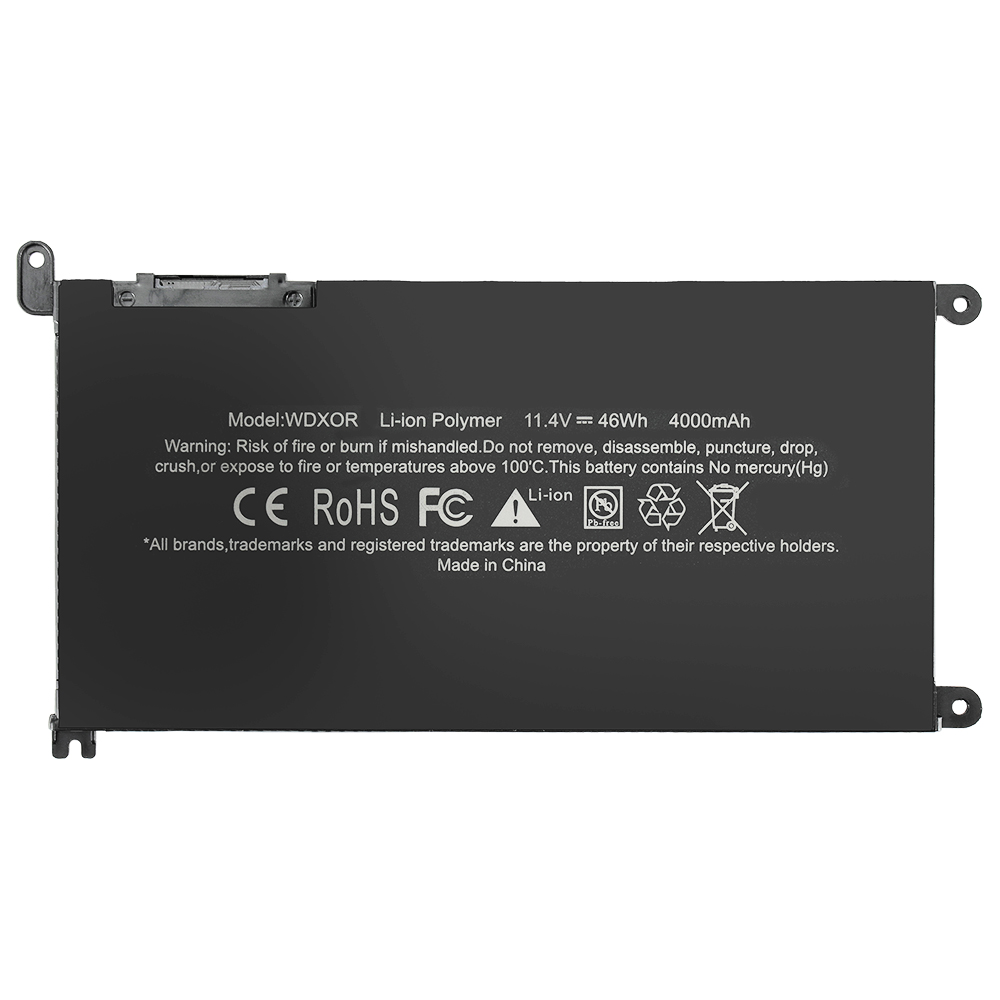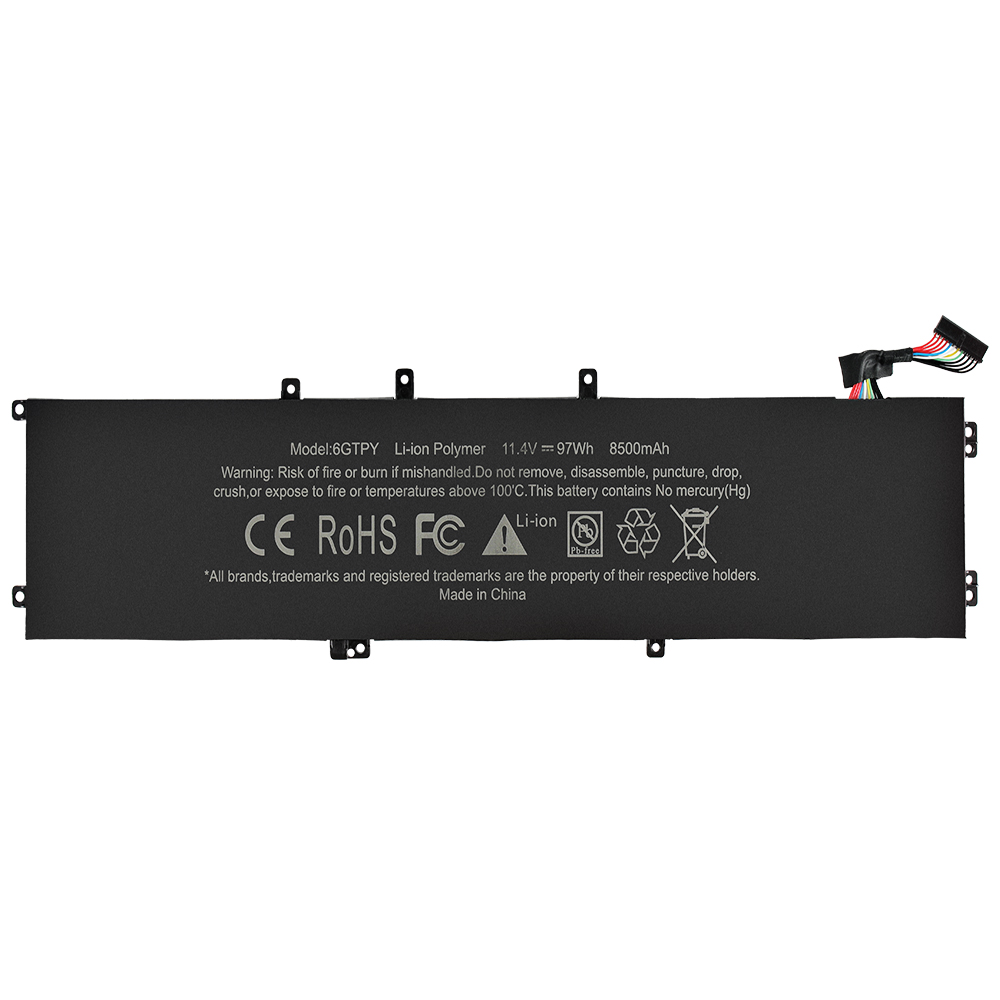-
Longshan 5th Rd, Xingsheng County,Longgang Street, Shenzhen
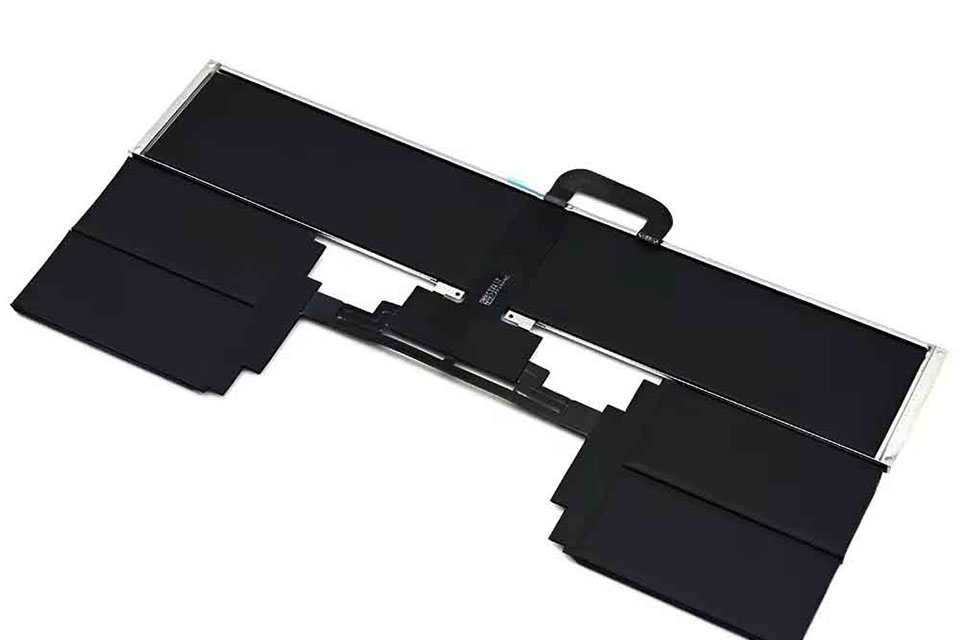
How can I repair a laptop battery?
A laptop computer battery is important. It maintains your tool running when you get on the go. Yet what do you do when the battery quits working or benefits a brief time? Excellent information! Often, you can fix it on your own.
Table of Contents
Evaluate the Battery’s Problem
Prior to you attempt to fix a battery, inspect just how it is doing. Recognizing its problem can conserve time. Right here is just how you can do it:
- Examine Cost Cycles: Many laptop computer batteries last regarding 300 to 500 cycles This is when batteries can begin shedding power rapidly.
- Usage Integrated Diagnostics: Some laptop computers feature software application to inspect battery health and wellness, such as HP Assistance Aide or Dell Power Supervisor These devices assist detect problems.
- Physical Assessment: Take a look at the battery. Is it inflamed or dripping? If so, it threatens and requires to be changed, not dealt with.
Laptop Computer Battery Repair Service: Trick Realities
Recognizing your battery’s health and wellness and repair work alternatives.
Life Expectancy
300-500 Cost Cycles Normal
Cost Savings
Repair work can conserve 25-50%
BMS Mistakes
~ 70% of failings include BMS
Security Alert
Inflamed batteries threaten!
Usual Battery Issues & Repair Service Prospective
Trick Takeaways
- ** Repair work ** assists with calibration or BMS reset problems.
- ** Change ** if battery is inflamed, dripping, or ability is listed below 50%.
- DO IT YOURSELF ** cell substitute ** is complicated and needs care.
Do It Yourself Repair Service Approaches
If the battery is not harmed, you can attempt some diy repairs. Below work approaches you can make use of:
Battery Calibration
Calibration is valuable when your battery percent analyses appear off. Right here is just how to do it:
- Drain Pipes the Battery: Allow the battery diminish to 0%.
- Allow It Relax: Leave it unplugged for at the very least 5 hours.
- Complete Cost: Connect in and credit 100% without disruptions.
Reset the BMS (Battery Monitoring System)
If the battery programs 0% billing continually, the BMS could be liable. Right here is just how you can reset it:
- Detach the battery from the laptop computer.
- Hold the Power Switch: Press it for 30 secs.
- Reconnect the battery and inspect if it bills once again.
Recondition Weak Cells
You might review refurbishing by cold a battery. It is an uncommon solution that has actually blended testimonials. Right here is just how:
- Placed the battery in a secured Ziploc bag to maintain dampness out.
- Leave it in the fridge freezer for 12 hours.
- Enable the battery to heat up to area temperature level normally.
This approach could briefly revitalize weak cells yet is not a lasting option.
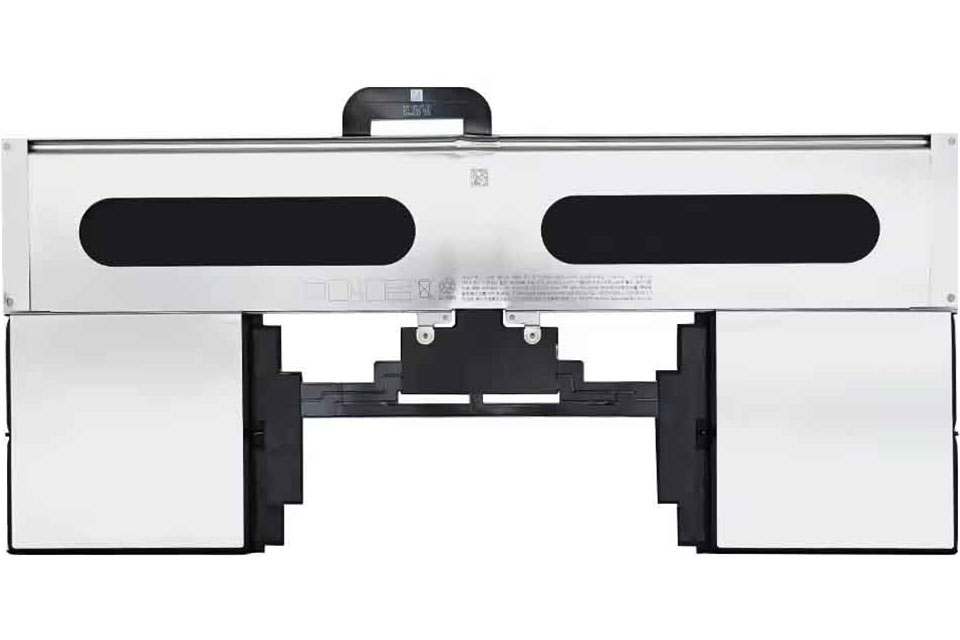
Advanced: Change Dead Cells
If the previous approaches do not function, take into consideration changing dead cells in the battery. This procedure is much more tough, so adhere to these actions carefully:
Equipment Needed
- Blowpipe: For attaching brand-new cells.
- Multimeter: To inspect voltage and recognize negative cells.
- Substitute Lithium-ion Cells: Suit these to your existing battery.
Step-by-Step Refine
- Take Apart the Battery Load: You could require a tiny screwdriver.
- Examination Cells: Utilize a multimeter. Dispose of cells revealing much less than 2.5 volts
- Solder: Thoroughly place the brand-new cells in the very same arrangement.
- Reassemble and Reinsulate: Make sure every little thing is safe.
Security Preventative Measures
Constantly beware. Lithium-ion cells can be unstable if messed up. If the battery begins to swell, quit promptly and deal with it correctly.
Fixing Usual Problems
Often, battery issues could not require a fixing yet an easy solution:
Battery Drains Pipes Quick
- Readjust Illumination: Reduced your display’s illumination.
- Handle Applications: Shut off extra history applications.
Laptop Computer Just Functions Connected In
If the laptop computer powers on just while billing, take into consideration a battery substitute or look for battery charger problems.
When to Surrender and Change
Despite these repair work approaches, not all batteries can be conserved. Right here is when to take into consideration substitute:
- Indications of Swelling: This is a security threat.
- Repetitive Failings: Also after efforts to deal with.
- 50% Capability Loss: If it holds much less than half the initial cost ability, substitute is most likely required.
Take into consideration utilizing premium or OEM batteries. You can discover a series of reliable substitute batteries for your laptop computer version here for Asus VivoBook or here for Asus ROG laptop computers. One more functional alternative is discovering battery options for HP
Upkeep Tips to Expand Life Expectancy
Appropriate treatment maintains a brand-new or fixed battery functioning much longer:
- Partial Billing: Maintain costs in between 20% and 80%. Complete discharges can reduce life expectancy.
- Shop in Cool, Dry Places: Stay clear of warmth whenever feasible.
Final Thought
Fixing a laptop computer battery can appear overwhelming, yet often it is workable. By examining the problem and attempting various methods, you can usually address usual problems. Nevertheless, some batteries might call for a substitute. Guarantee you deal with and deal with all elements securely. Still stuck? Share your battery version in the remarks for customized recommendations!
Information & & Data
Below is a valuable recap table that highlights some vital information and understandings:
| Data/Statistic | Importance | Trick Understanding |
|---|---|---|
| Normal laptop computer battery life expectancy: 300– 500 cycles | Explains why batteries weaken with time. | Many batteries shed 20% ability after 300 cycles. |
| Replacing conserves 25– 50% of brand-new battery expense | Cost-efficient choice to substitute. | do it yourself approaches (e.g., cold) might briefly revitalize weak cells. |
| 90-minute typical laptop computer runtime | Establishes standard for efficiency assumptions. | Brief runtime usually activates repair/replacement. |
| 70% of battery failings include BMS problems | Emphasizes value of resetting the Battery Monitoring System (BMS). | Resetting BMS usually solves “0% billing” mistakes. |
| Inflamed batteries present fire/explosion threats | Essential security factor to consider throughout repair work. | Immediate substitute advised; prevent do it yourself repairs for inflamed packs. |
These understandings function as a reputable referral when taking into consideration repair work versus substitute selections.


